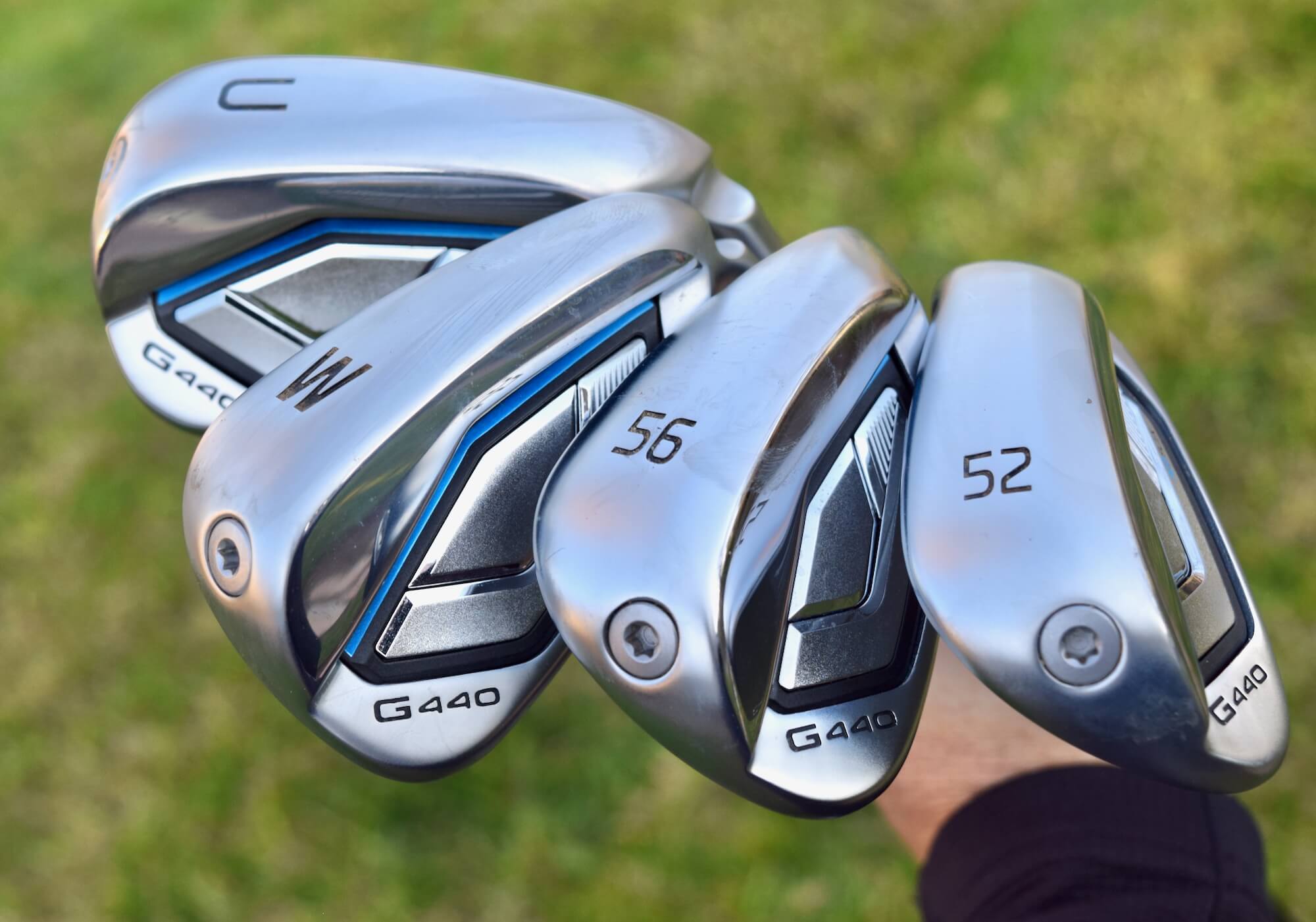Golfing News & Blog Articles
Chipping And Pitching Basics: A Simple Guide For Beginners
As a new golfer, it will not take long to figure out that you will hit most of your shots in what’s called the “short game” (chipping, pitching, putting). The quicker you get better at these short shots, the easier it will be to lower your scores. Even if you can’t drive the ball 300 yards or hit your irons consistently every time, nothing should stop you from getting better around the greens. Here are some chipping and pitching basics to help get you started as you learn the game.
Chip versus pitch: What’s the difference?
Chipping and pitching are not the same. Understanding the differences between the two shots will help you choose which is the best to hit under which circumstances.
A chip shot has a low trajectory with a short swing that doesn’t spend much time in the air and rolls out toward the hole after it lands.
A pitch shot is a higher shot with a bigger swing and more spin. It’s used to hit over obstacles and when you want a softer landing on the green.
| Shot Type | Height | Swing Size | Spin | Best Used For |
|---|---|---|---|---|
| Chip | Low | Short | Moderate | Just off the green, low runners |
| Pitch | High | Bigger swing | More spin | Over obstacles, softer landings |
Club selection for chips and pitches
As you get better, the clubs you use to hit chips and pitches may expand and you may develop favorites. Generally, for chipping, you can take a less-lofted club while pitch shots require more loft.
Chipping – Use a gap wedge (around 50–52 degrees) or pitching wedge (around 44–48 degrees). These lower-lofted clubs keep the ball low and rolling. Pitching – Use a sand wedge (54–56 degrees) or lob wedge (58–60 degrees). These are better for carrying the ball over rough, bunkers or other obstacles and stopping it quickly.
Set yourself up for success
The most common mistake beginner golfers make in chipping and pitching is not adjusting their setup. The setup is not the same as your full swing shots. These simple adjustments will eliminate a lot of the potential mistakes.
Chipping setup
Narrow stance, feet almost touching Ball in center or slightly back in stance Slight shaft lean and hands a little higher at setup Weight 70 percent on front foot (lead side) Hands ahead of the ball Limited wrist hinge (almost like a putting stroke)Pitching setup
Wider than a chip shot setup, not as wide as a full swing Ball center to front Minimal shaft lean, handle lower Weight more centered but finishes forward More wrist hinge, more body turn Clubface can be slightly open to increase loft and spinTroubleshooting
The easiest way to determine your mistake and the changes you need to implement into your short game is by looking at the type of shot you hit. If you hit it thin, inconsistently, behind it, etc., here are some of the reasons that could be happening.
| Mistake | Likely Cause | Quick Fix |
|---|---|---|
| Chunked shot | Weight too far back or too much wrist action. | Keep weight on front foot, think about wrists staying more stable |
| Thin shot | Scooping with hands or ball too far forward in the stance | Keep hands ahead of the ball, narrow stance, steady head |
| Inconsistent contact | Use a consistent setup and rhythm | Use consistent setup and rhythm |
| Too much air, not enough roll | Wrong club selection | Switch to lower-lofted wedge or even 9i for more run |
Beginner chipping and pitching mistakes to avoid
As a new golfer, even when you know the right way to chip and pitch, you won’t always stick with it. Let’s face it—we’ve all hit a great shot with completely wrong mechanics and thought, “Maybe I’ll just do it like that from now on.” But if you can help it, here are a few common mistakes worth avoiding.
Using the same club every time: Learn to adjust loft and trajectory with different clubs. Overusing wrists: Let your body pivot and control the shot; too much hand action leads to inconsistency. Ignoring setup: A good setup almost guarantees a better shot. Most poor chips and pitches start with poor posture, stance, and ball position. Not practicing the short game: You hit more shots inside 30 yards than any other part of the game, so don’t skip this part of practice. Make sure you are hitting shots from a variety of lies with different clubs.
Final thoughts
When you first start playing, your goal will be to make sure these chip and pitch shots hit and stay on the green. Quickly, you’ll learn that the better you can get with control, the easier it is to score. Once you have the basics down, start working on distance control to leave yourself easy one-putts.
The post Chipping And Pitching Basics: A Simple Guide For Beginners appeared first on MyGolfSpy.


